It’s been a while since I last posted. I could blame many things: the inclement weather, lethargy, started working on a book, getting back into some more serious piano practice, the concern about the fires back in Santa Cruz, the realisation that Covid 19 is here to stay for a while, etc., etc.
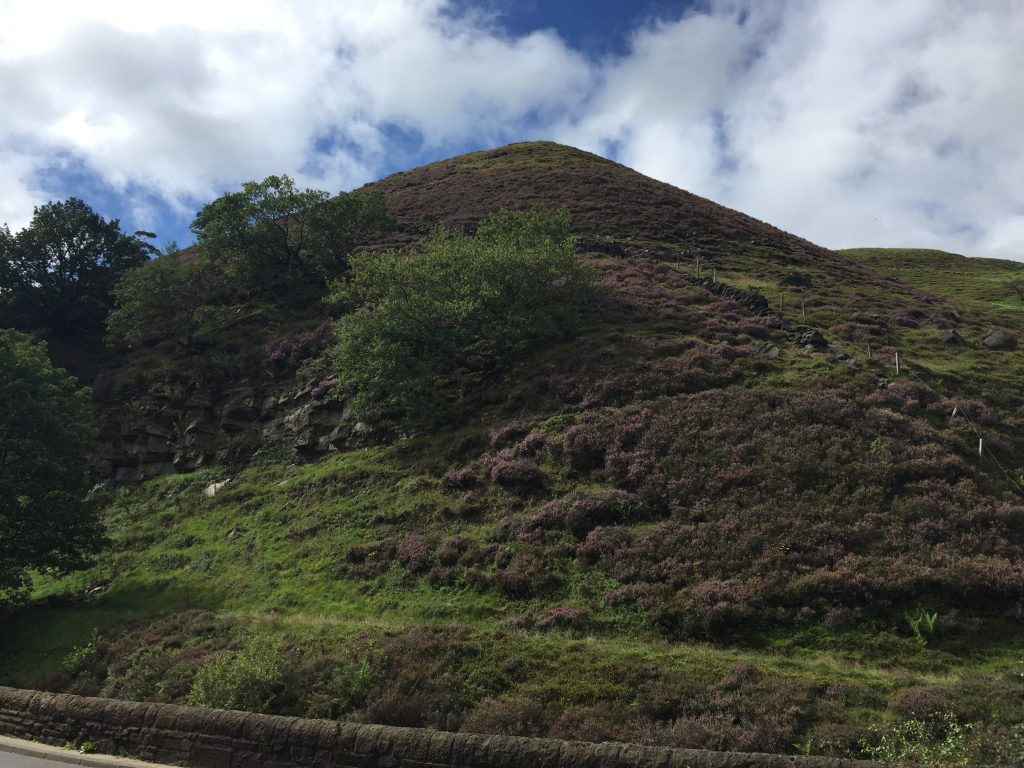
But last week I just happened to watch a YouTube video of a guy hiking in the Cliviger Gorge, the valley the connects Todmorden to Burnley. I’d watched a couple of his homemade videos before, mostly around the Calder Valley, so this was a new area for me, and it showed a ruined chapel at Shore, near Cornholme. The roof is off, walls are missing, it’s perched on the edge of a cliff, and it’s difficult to get to. What more could I ask? The perfect place for exploration.
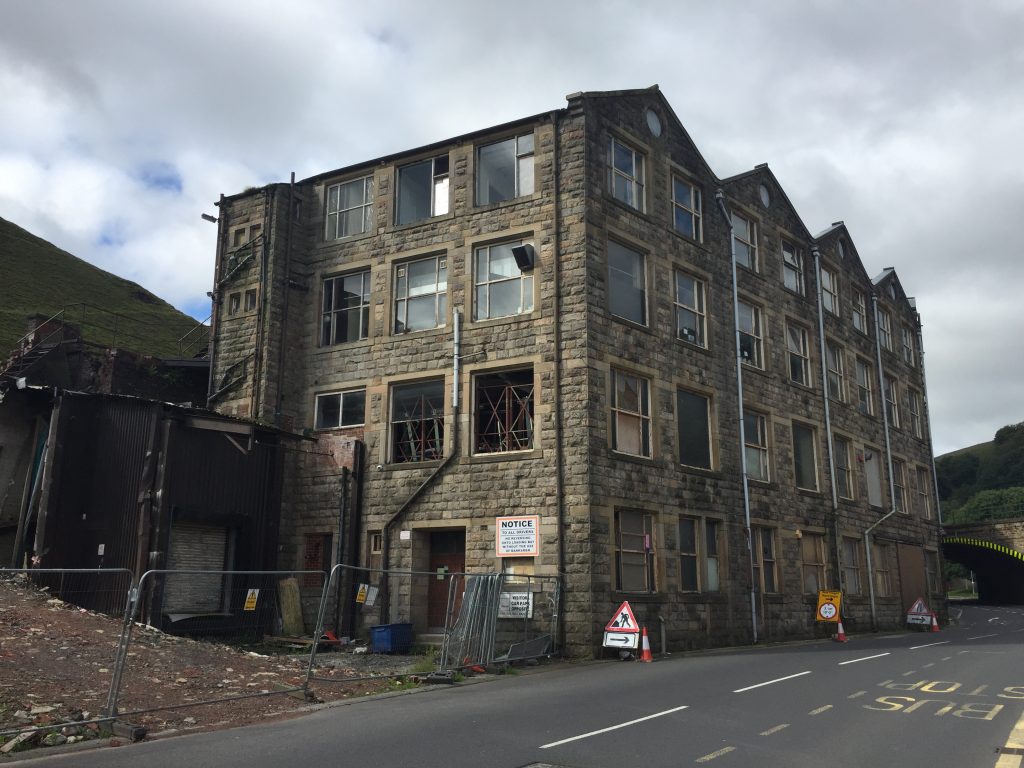
So my first step into the valley came last week when I took the Burnley bus as far as Cornholme and then just followed the road back down into Todmorden. Though I’d travelled along this 8 mile valley by train and bus before I’d never walked through it. A few derelict mills are wedged in the valley bottom which, like the Calder Valley forms a very narrow channel for a road, a railway line, a river, and a few small communities.
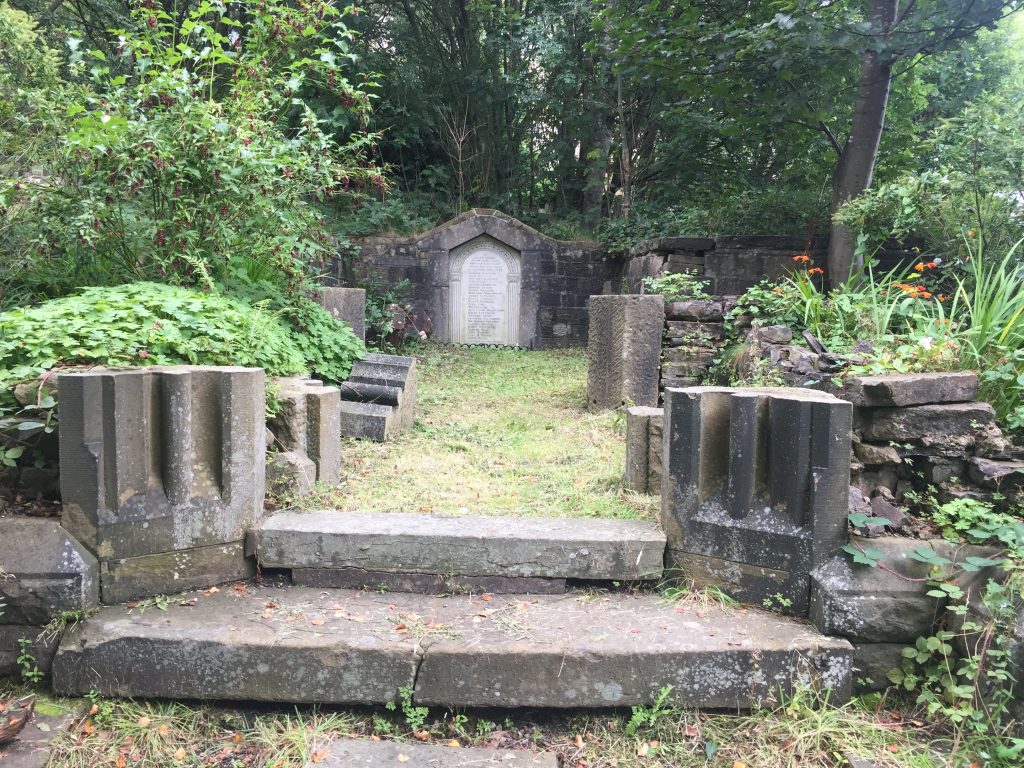
In fact the lower end of the valley is narrower than the Calder valley in Hebden Bridge and some of the terraces of houses are only around 4 houses long on either side of the main road. Unlike Hebden Bridge few houses are perched on the valley sides because the land here is notoriously unstable. The valley sides appear to be full of hummocks, caused by landslides over the millenia. A little coal mining was done, some iron smelting and then the textile mills took over during the industrial revolution. I passed a lane heading steeply upwards signposted to Shore but I wanted to do more research before heading up to the ruined chapel.

Arriving back on the outskirts of Tod I came to an imposing gateway leading into a densely wooded area. Big signs saying police cameras, dog patrol, hazardous to your health, razor wire made me inquisitive and on researching when I got home I found that the drive once led to Todmorden’s most famous hotel which was the victim of arson and now lies derelict.
I passed the Hare and Hounds and Jack’s Place, 2 pubs that my ancestors had kept years ago, then past Centre Vale Park, one of the few flat areas of land in the area. The River Calder rises in the hills above the Cliviger Gorge, part of it heading into Yorkshire and past into Lancashire. Bob Gaunt and Annie Harrison who I worked with on the aging Project at Manchester Uni are currently tracing the Yorkshire Calder from its source to the sea.
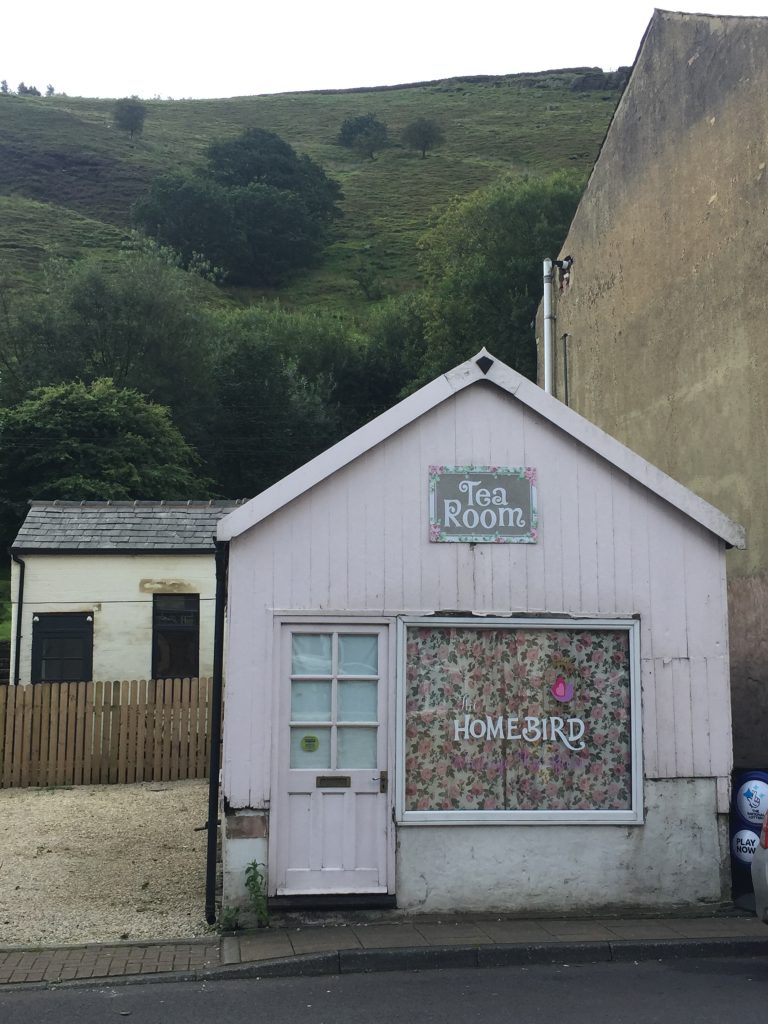

Built in a Tudor fashion with a porch, mullions and leaded lights, the building still incorporates some of its earlier materials, in particular the numerous stained-glass windows in the Garden Room and the large rear window of the main stairwell. More info and photo of the house in its heyday:
https://sites.rootsweb.com/~todmordenandwalsden/Scaitcliffe1.htm
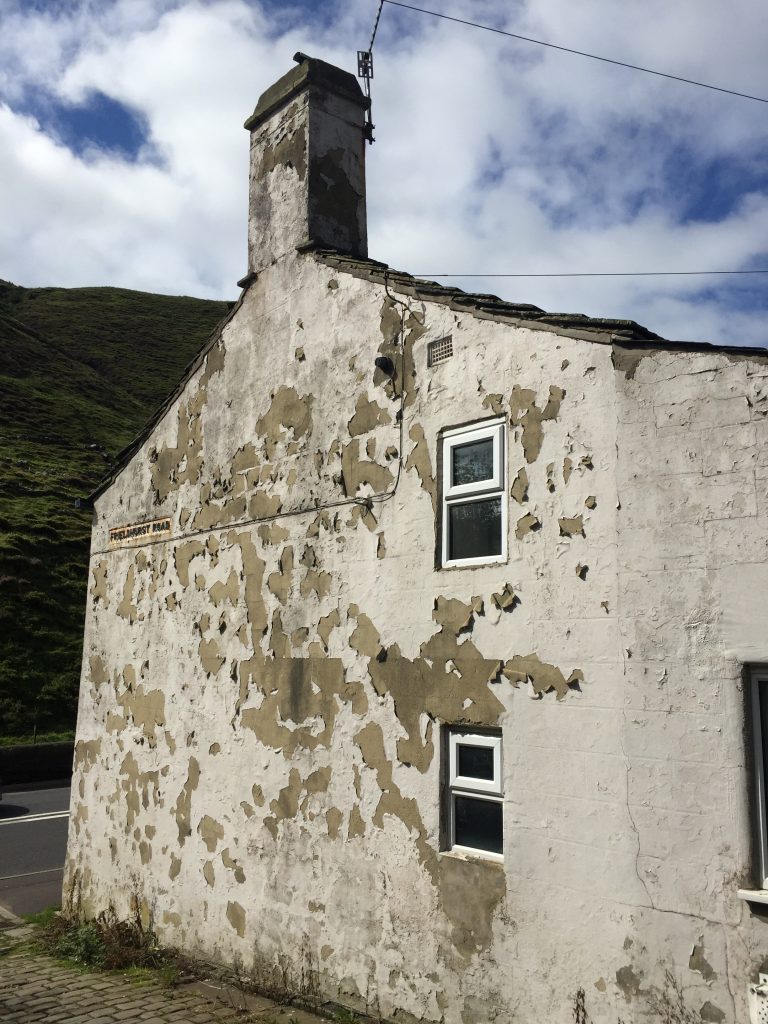
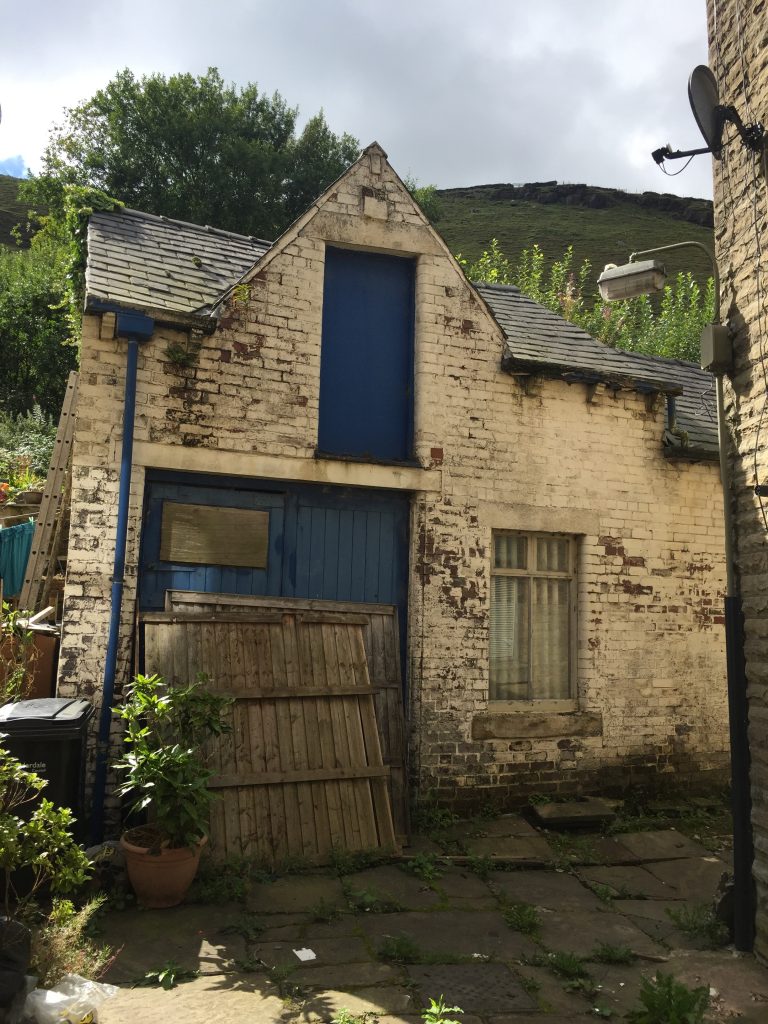
Leave a Reply